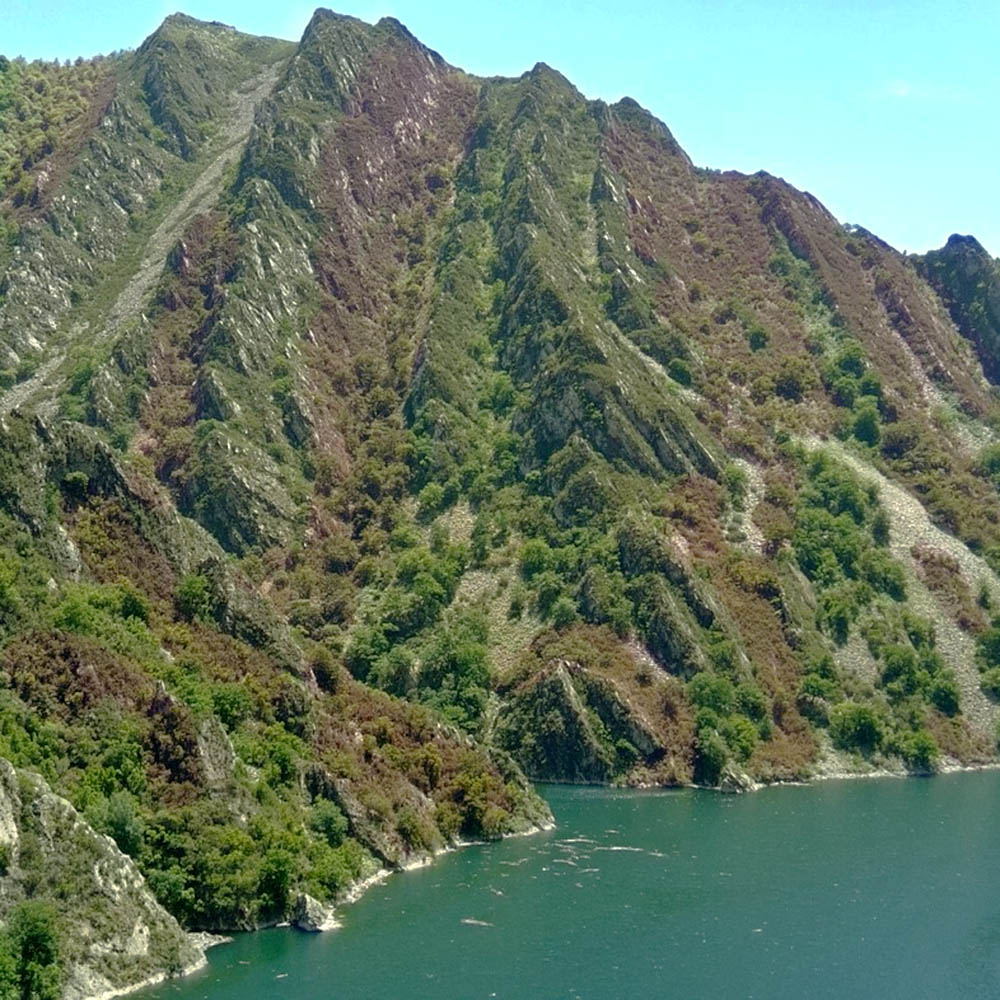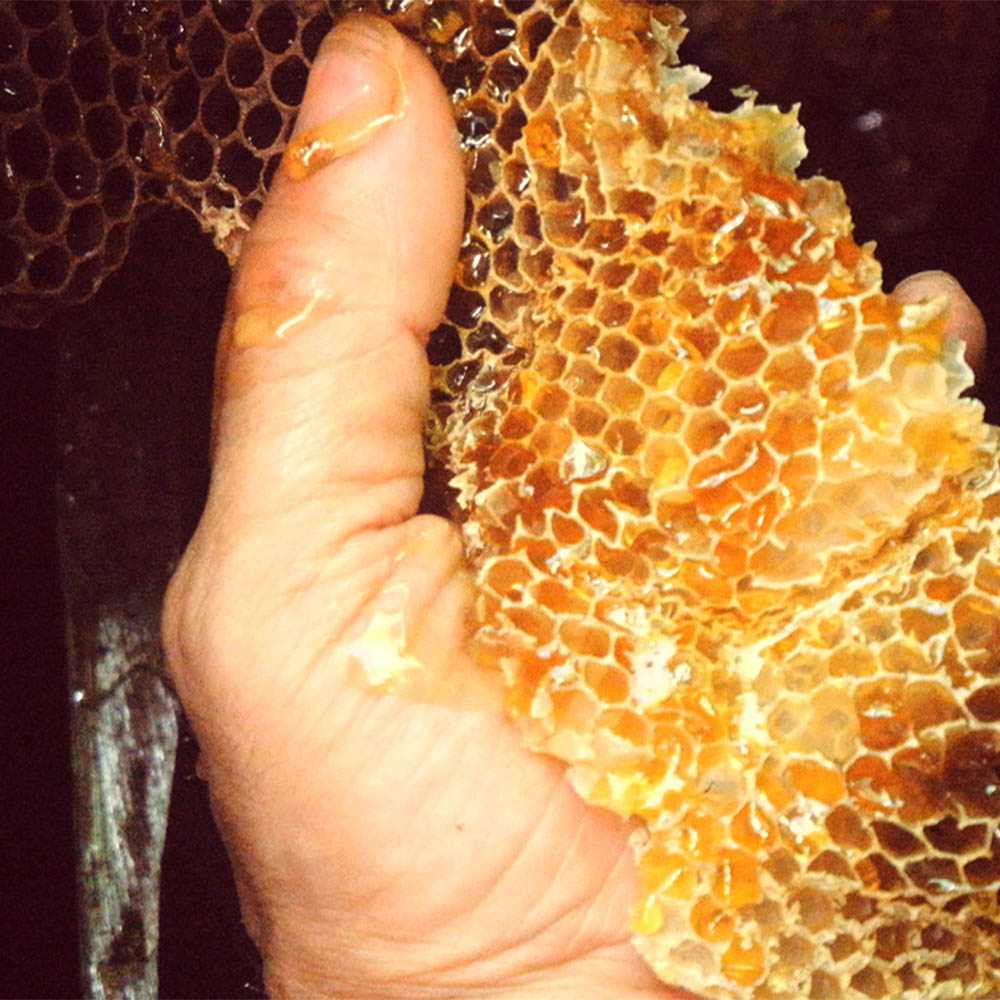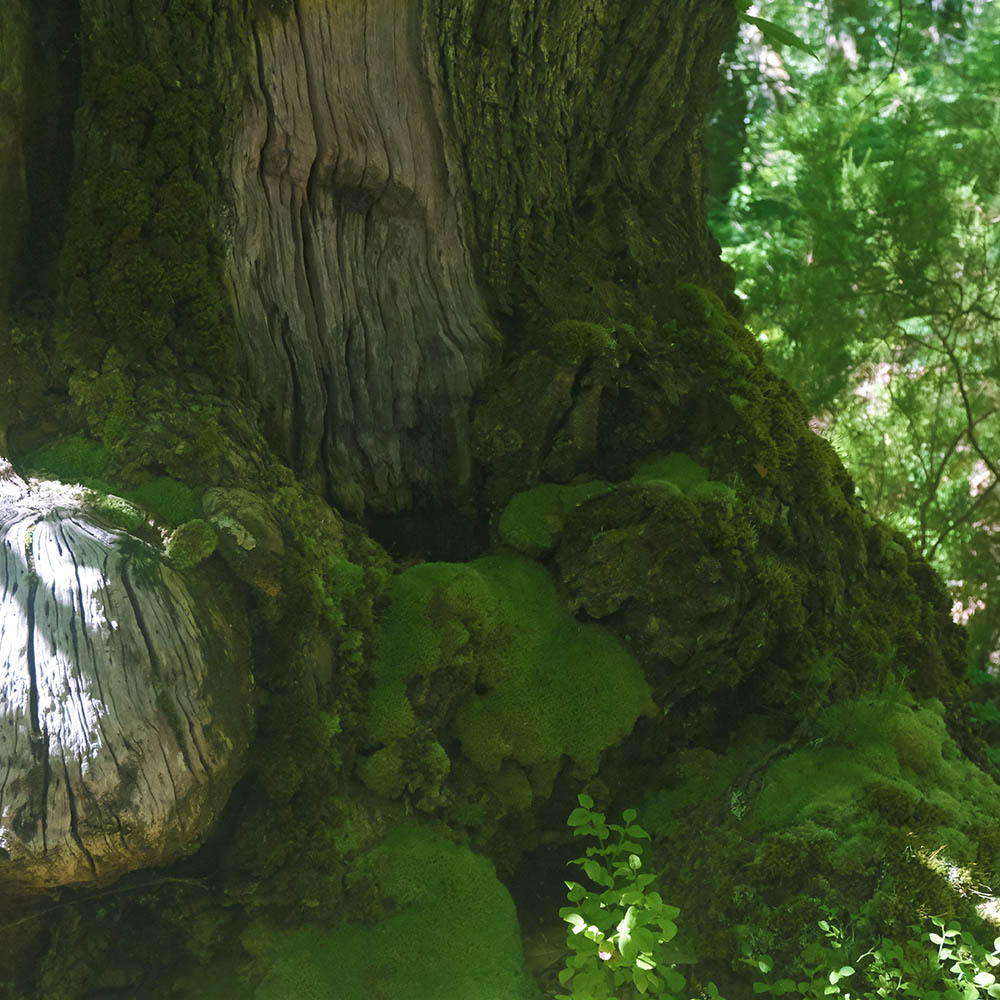PEARL by Xera is our very rare pure nature made raw cinerea honey
One of a kind masterpiece
Harvested for you like it was collected thousands of years ago
Wild harvested raw honey from chestnuts over 2500 years old
PEARL by Xera is the rarest and most valuable of our honeys. Each piece is packaged inside a unique design. PEARL is dense and intense honey dehydrated by native bees in the wild, which multiplies the organoleptic qualities and increases antiseptic and antioxidant properties.
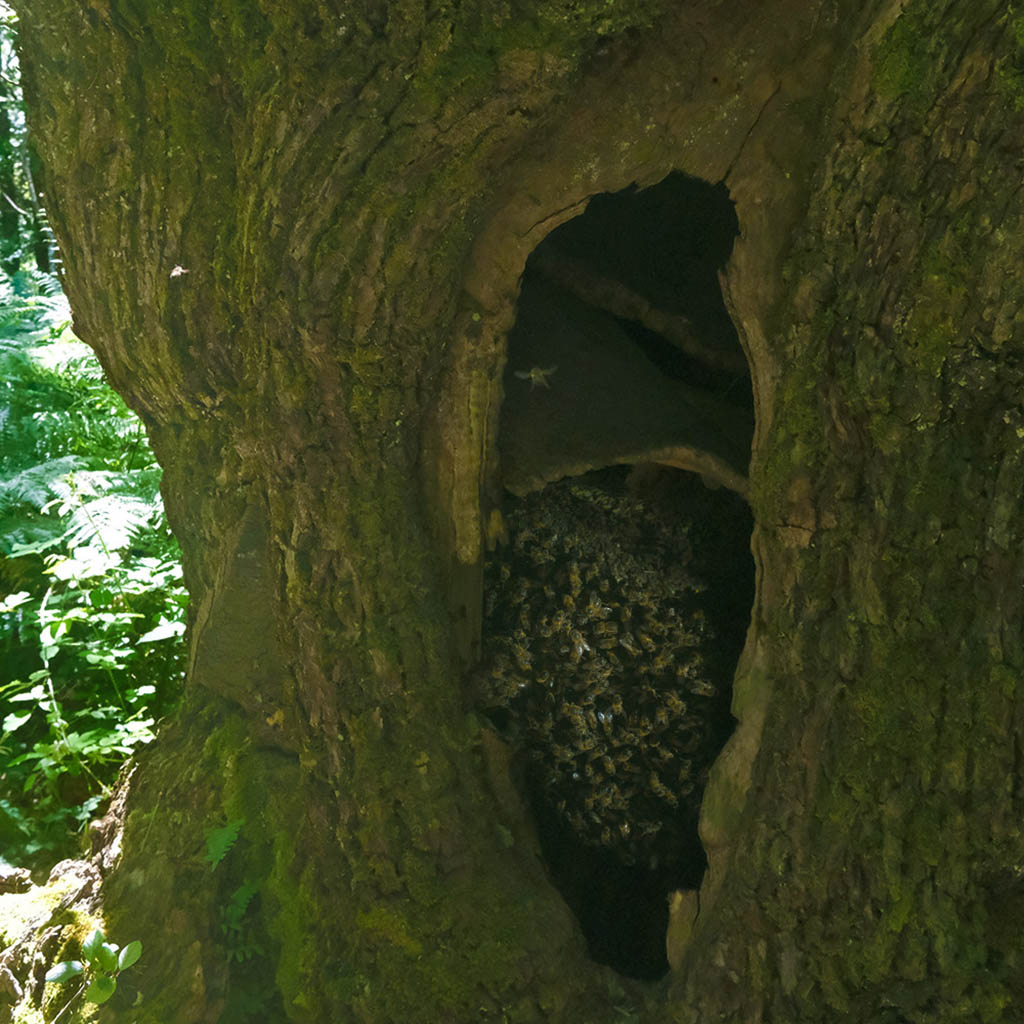
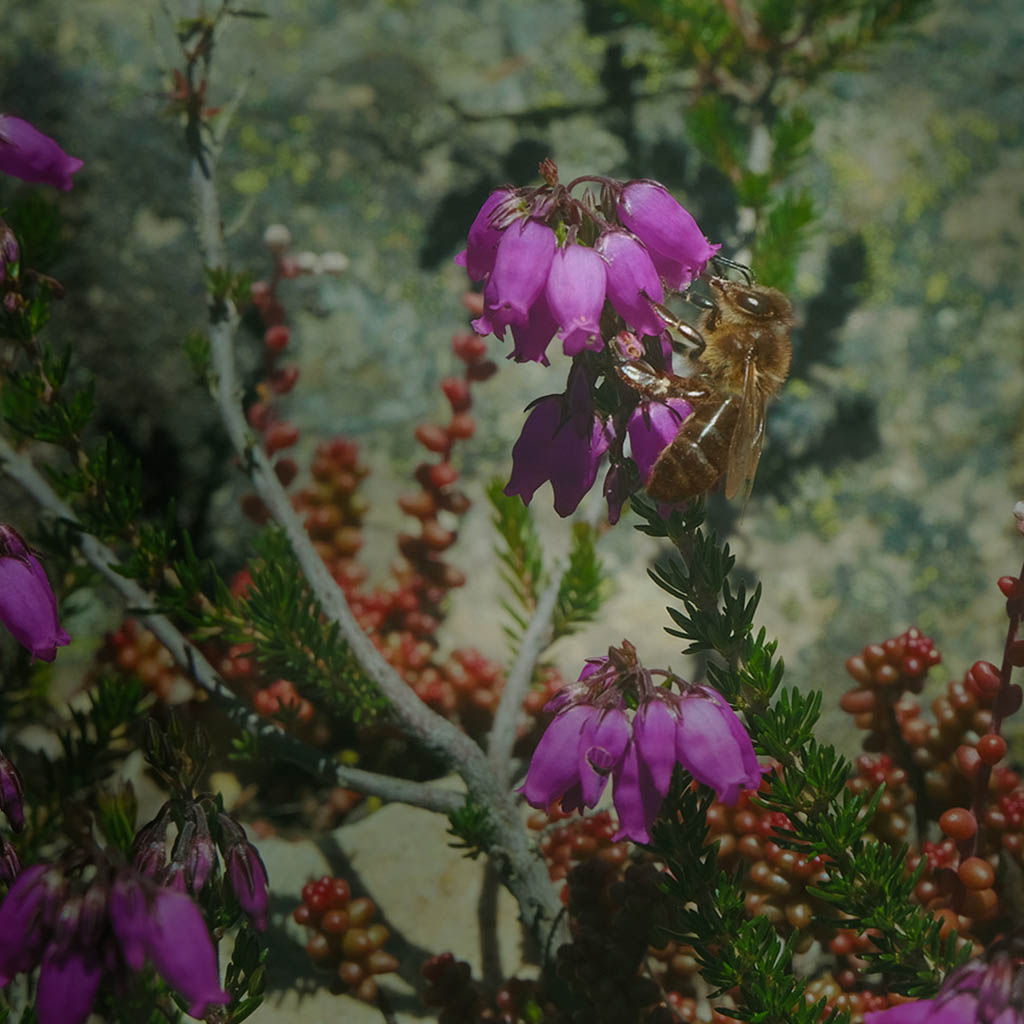
A unique but delicate hive that unleashes the magic of obtaining the perfect honey
Before humanity created the production environment in which bees make modern hives, the places chosen by these insects to build honeycombs were the interiors of these wonderful ancient chestnut trees. Today few places are home to these unusual forest elders. The breeding of bees in a wild territory, without any intervention beyond the care and protection of the environment itself, produces honey from plants without the slightest trace of contamination. We extract honey by hand directly from the interior of this very rares ancient chestnut trees where our bees harvest the honey.
PEARL by Xera is a return to origins. Production in honeycombs created naturally by bees within 2,500-year-old bark brings with it honey that is more dehydrated and concentrated than usual, with a greater density of active ingredients and texture and flavours that are both distinctive and unique. The land where our honey is harvested is one of the few places in the world where bees are born and reproduce in the wild. Getting honey like ours would be impossible without an environment free of contaminants and with some of the oldest and most valued wild species.
For decades, we have cared for the bee population to reproduce their ancestral habitat and thus achieve wild and sustainable beekeeping whose only objective, the only valid one, is to achieve perfection. The ancient chestnut trees that shelter the harvest are the natural hive chosen for millennia by native colonies of Apis Mellifera Mellifera, a delicate and rare hive that occurs in small and wild habitats, and gives a flavor and qualities never seen before to our honey.
We have cared for the bee population to reproduce their ancestral habitat and thus achieve excellence.
SWEETNESS WITH A FLORAL BASE
Dense bitter flavour with a light woody aroma.
Our wild honeys enhance the presence of these organic acids through the production of bees in complete freedom. These unique characteristics make Xera one of the kinds of honey with the greatest natural and antibacterial properties in the world. If we add to this the particularity of unparalleled organoleptic characteristics, the result of harvesting in ancient woods, Xera turns out to be a true masterpiece with a unique flavour and a colour that highlights its dense and rich texture.
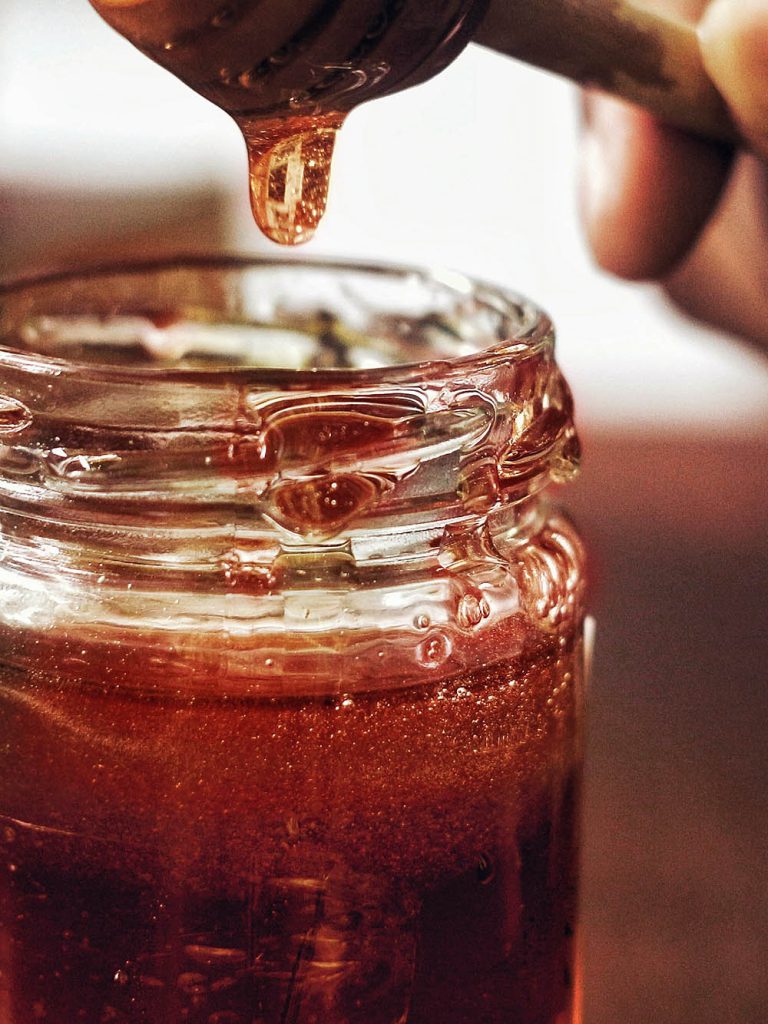
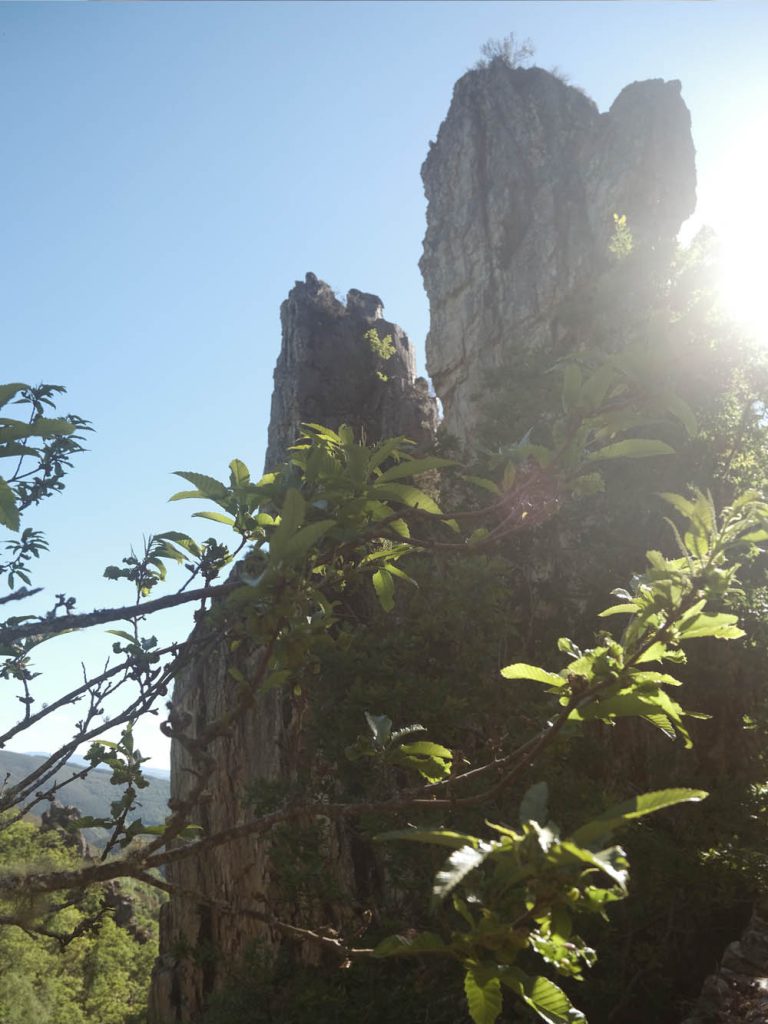
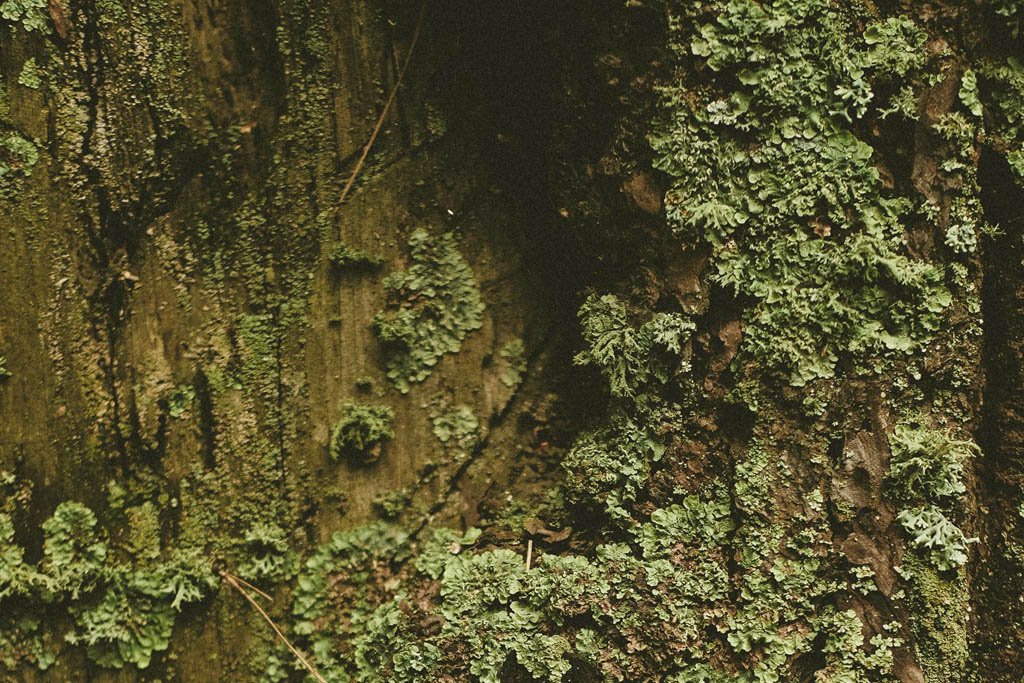
The way Xera is obtained means that no two honeys are the same. Although all our honey’s have a characteristic dense bitter flavor with a light woody aroma and sweetness with a floral base. Each swarm works in a place and under certain conditions of humidity, light and heat. Wild in nature and free of exogenous factors, the hive creates its ecosystem and reproduces conditions of dehydration and concentration of particular nutrients, distinctive of that honeycomb and of that specific ecosystem and not of others.
Xera honey is preserved in laboratory, at constant temperature and under conditions of total protection
Controlled antioxidant effect and more organic acids than any other honey which enhances antibacterial properties
We get for you the most precious and powerful honey in flavor, aroma and qualities that currently exists in the world. With more antiseptic and antioxidant properties.
The wild production of honey provides magnificent medicinal properties and organoleptic benefits, which at Xera we are obliged to take care of by processing it first in wild environments, with totally natural means and without human intervention, and then with the subsequent obtaining by decanting and preserving the honey in the laboratory, at constant temperature and under conditions of total protection.
Organic acids play a clear role in the antibacterial activity of honey. According to the studies carried out, honey samples from Erica sp. and in particular the Cinerea variety have a higher average content of total D-gluconic acid, citric acid and L-malic acid compared to other honeys. That is why this variety of honey has been used as a natural medicine since ancient times.
In addition, Xera raw cinerea honey is cultivated so that it benefits from wildflowers from the upper Navia basin, which provides high levels of phenolic acids and flavonoids. These compounds are precisely some of those with the greatest proven antioxidant capacity.
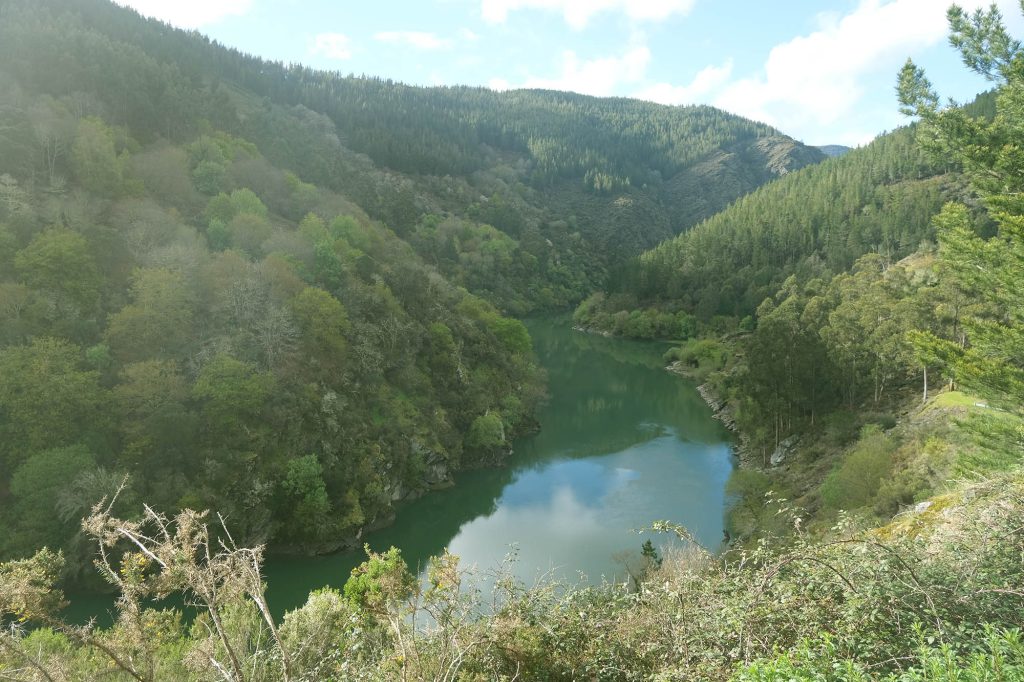
How do we do it?
Wildflowers from the upper Navia basin provide high levels of phenolic acids and flavonoids. These compounds are precisely some of those with the greatest proven antioxidant capacity.
A journey back in time thousands of years to obtain the most rare and exclusive honey in the world
Discovering the environment in which Xera bees live is therefore a journey through time spanning thousands of years. Megalithic remains in the area attest to this. Our honey is collected just as it was done in ancient times, and from the same ancient trees that today protect and preserve the harvest.
The qualities of each variety of honey are defined by environmental factors. The topography, climate and plants of a region determine the flavour, appearance and above all the quality of the final product. But they are not the only influencing factors. How bees produce honey is decisive.
Over the centuries, utilization techniques have been perfected that multiply the results in larger and more modern hives, with honeycombs where bee populations can be controlled and their productivity improved. However, the change in the way of production has brought with it a loss in honey purity. Production is improved at the cost of losing primitive qualities that over thousands of years have been treasured in the production of wild honey that bees produced with their means, with a higher concentration of nutrients and organic acids from the natural dehydration caused by the bees themselves when storing the nectar, in the hives naturally created by themselves, in places chosen precisely for their inaccessibility, as a clear protection factor for the hives.
Pearl by XERA contains a variety of organic acids such as gluconic, tartaric, formic, malic, lactic, acetic, maleic, citric, succinic and fumaric, which contribute to its unique properties. These organic acids play a fundamental role in the antibacterial activity of honey.
We strictly follow the oldest production methods
Xera: Work seeking excellence
Harvest in ancient chestnut
Laboratory monitoring
With unique properties
Delivered as a piece of art
The best kept secret for thousands of years
Discover the Place Where Magic is Made
The land where our honey is harvested is one of the few places in the world where bees are born and reproduce in the wild. Xera cares about taking care of the environment and keeping it in perfect condition to complete the work in a sustainable way, supported by a biological wealth that results in a harvest of astonishing quality, which surprises us every year. At Xera we work for the conservation of these local bee populations, which have been inhabiting the area for thousands of years.

